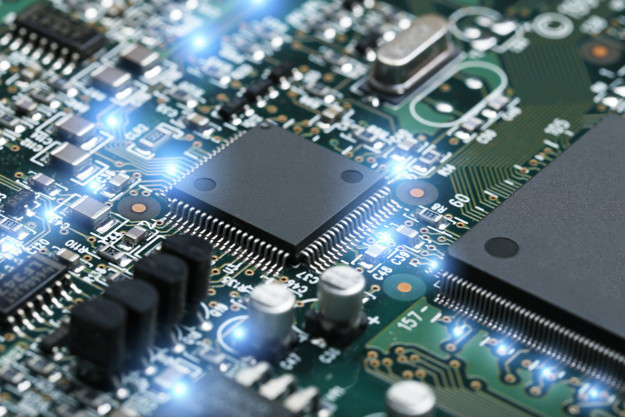System integration in turnkey electronics manufacturing is a vital process in the modern electronics industry. In today’s fast-paced world, companies require efficient and comprehensive solutions to meet their production needs. By integrating various systems and processes, manufacturers can deliver high-quality products with reduced time and cost. This article explores the intricacies of system integration and its significance in turnkey electronics manufacturing.

Understanding System Integration
System integration involves combining different subsystems or components into a single, cohesive system that functions as a whole. In the context of turnkey electronics manufacturing, this means integrating various processes such as design, assembly, testing, and quality control to ensure a seamless production line. This approach not only streamlines operations but also enhances product reliability and performance.
Key Benefits of System Integration
Efficiency and Cost-Effectiveness
By integrating systems, manufacturers can achieve higher efficiency and lower costs. This is because system integration minimizes redundancies and optimizes resource utilization. For example, integrated systems can automate repetitive tasks, reducing labor costs and minimizing human error.
Improved Product Quality
System integration ensures that all components and processes work harmoniously, leading to improved product quality. This is crucial in the electronics industry, where even minor defects can have significant consequences. Integrated systems enable thorough testing and quality control measures, ensuring that products meet the highest standards.
Faster Time-to-Market
In the highly competitive electronics market, speed is of the essence. System integration accelerates the production process by eliminating bottlenecks and streamlining workflows. This allows manufacturers to bring products to market more quickly, giving them a competitive edge.
Challenges of System Integration
Complexity and Technical Expertise
Integrating various systems and processes can be complex and requires technical expertise. Manufacturers must have a deep understanding of each component and how they interact with one another. This often necessitates collaboration with experts in different fields.
Initial Investment
While system integration offers long-term benefits, the initial investment can be significant. Companies must invest in technology, infrastructure, and training to ensure successful integration. However, the return on investment is typically high, making it a worthwhile endeavor.
Strategies for Successful System Integration
Thorough Planning and Analysis
Successful system integration begins with thorough planning and analysis. Companies must evaluate their current processes and identify areas for improvement. This involves mapping out workflows, identifying potential bottlenecks, and assessing the compatibility of different systems.
Collaboration and Communication
Collaboration and communication are key to successful system integration. Manufacturers must work closely with suppliers, designers, and engineers to ensure that all components and processes align. Regular communication helps address issues promptly and ensures that everyone is on the same page.
Continuous Monitoring and Improvement
System integration is not a one-time task but an ongoing process. Continuous monitoring and improvement are essential to maintaining efficiency and quality. Manufacturers should regularly evaluate their systems and make necessary adjustments to optimize performance.
Real-World Applications of System Integration
Consumer Electronics
In the consumer electronics sector, system integration plays a crucial role in the production of devices such as smartphones, tablets, and laptops. By integrating design, assembly, and testing processes, manufacturers can produce high-quality devices that meet consumer demands.
Automotive Electronics
System integration is also vital in automotive electronics, where reliability and performance are paramount. Integrated systems ensure that all electronic components work seamlessly, enhancing vehicle safety and functionality.

FAQs
What is system integration in turnkey electronics manufacturing?
System integration in turnkey electronics manufacturing involves combining various processes and components to create a cohesive production system. This approach enhances efficiency, product quality, and time-to-market.
Why is system integration important in electronics manufacturing?
System integration is important because it streamlines operations, reduces costs, and improves product quality. It ensures that all components and processes work harmoniously, leading to higher efficiency and reliability.
What are the challenges of system integration?
Challenges of system integration include complexity, technical expertise requirements, and initial investment costs. However, the long-term benefits typically outweigh these challenges.
For more insights on turnkey electronics manufacturing, you can visit electronics prototyping and procurement strategies. Additionally, external resources such as Viasion provide valuable insights into the differences between turnkey and consignment PCB assembly.


